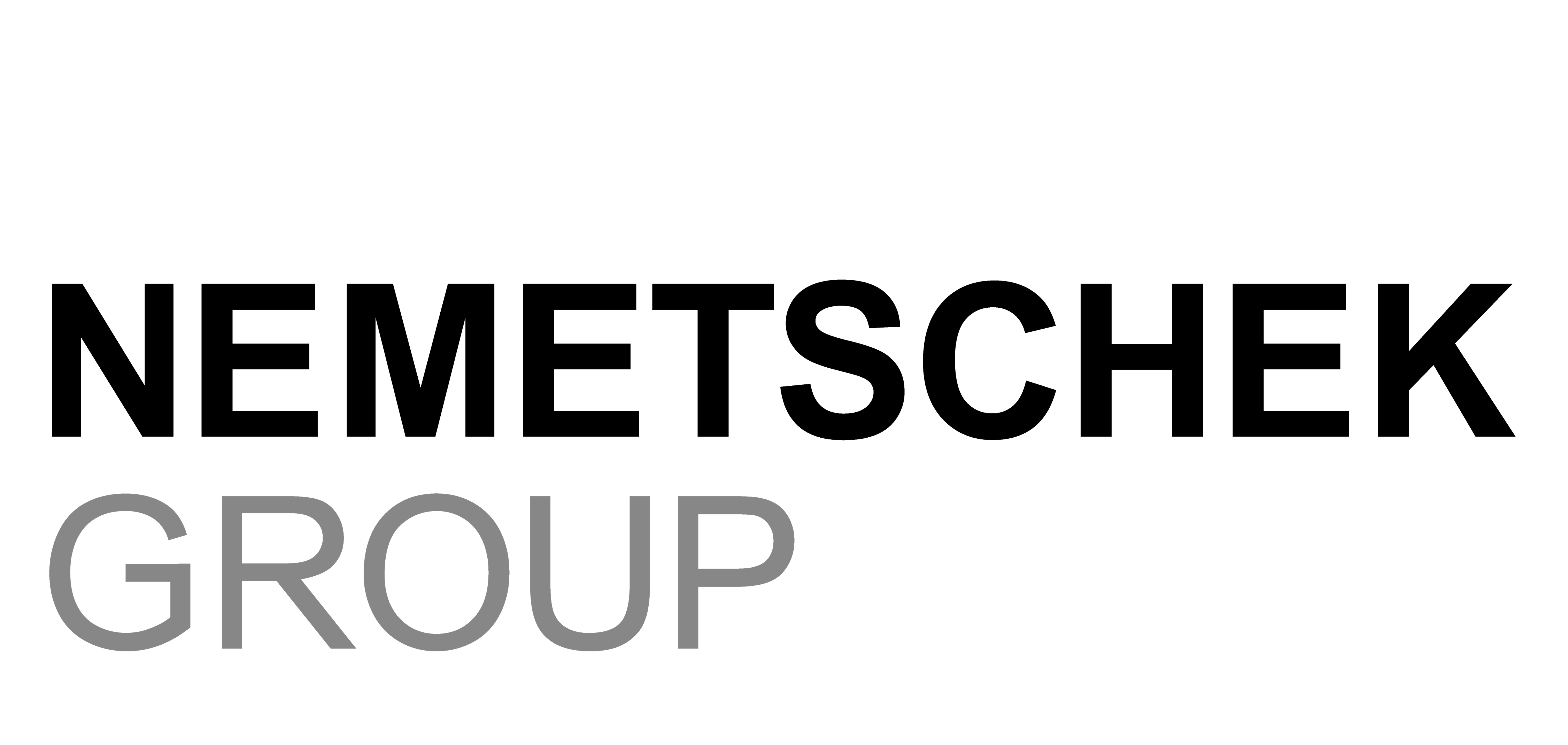
Sustainable Construction Lifecycles
#DigitalConstruction #SustainableConstruction #VirtualConstruction
Currently, only 18 percent of German AEC (Architecture, Engineering, and Construction) companies have a BIM (Building Information Modeling) strategy and only 39 percent are working on one. To save resources and protect the environment, the implementation of BIM must be promoted and its potential recognized. The use of digital solutions in the construction industry increases benefits, reduces costs and promotes sustainability. Work together with Nemetschek to demonstrate the benefits of digital solutions in the construction life cycle and make them tangible.
✅ Challenge completed 🏁 Winner Congrats to ID Zero and GreThu!🏆 Rewards 15,000 € prize pool in the overall DE 4.0 project + invitation to the Federal Chancellery + promotion of further implementation + chance for further cooperation with Nemetschek
Use Case is part of the DEUTSCHLAND 4.0 Challenge
Status Quo
Over 36 percent of global annual energy consumption and almost 40 percent of total CO2 emissions are generated in the construction industry.
With the use of software and digital solutions, buildings can be planned, built and operated more efficiently, sustainably and with less resource consumption. This applies to buildings as well as to infrastructure projects such as bridges and tunnels.
With Building Information Modeling, all participants can work together precisely, flexibly, and efficiently. The potential for energy- and material-saving planning and construction extends through all classic work phases. This means that the necessary information is available to all those involved at an early stage and in high quality. Errors or potential problems can be intercepted in a better way, which means more time for optimized variants.
There are numerous negative examples of buildings that are completed with long delays or are completely out of control in terms of costs. Every dismantling, every change in the course of construction costs additional resources and materials.
Price Waterhouse Coopers' BIM Benefits Measurement method shows that digital construction before physical construction and the use of modeling and virtual reality helps to identify conflicts and incorrect specifications early on - and thus save important resources. If more precise planning is carried out at an early stage and the use of materials is measured more accurately, significant savings can be made, and the environment is protected. Precise planning of required office space can also save money, including the ability to better simulate requirements.
Question
The status quo gives rise to a question of particular relevance to society, the economy and the environment:
How can BIM strategies be used to reduce energy and material consumption? How can the concrete energy and material consumption be calculated when using digital solutions? How exactly do the desired savings look like and how big are these savings actually? Furthermore, the question arises: What are the actual net savings when using digital solutions over the course of a building's life cycle?
Still questions or looking for inspiration?
You are looking for inspiration and want to learn methods to develop an innovative idea for this or any other use case?
Then take part in one of our freely accessible and digital workshops, which we offer throughout this project, and let experienced innovation coaches e.g. from Lufthansa Group show you approaches like Design Thinking and similar methodologies!
© 2018-2023 ekipa GmbH. All rights reserved.